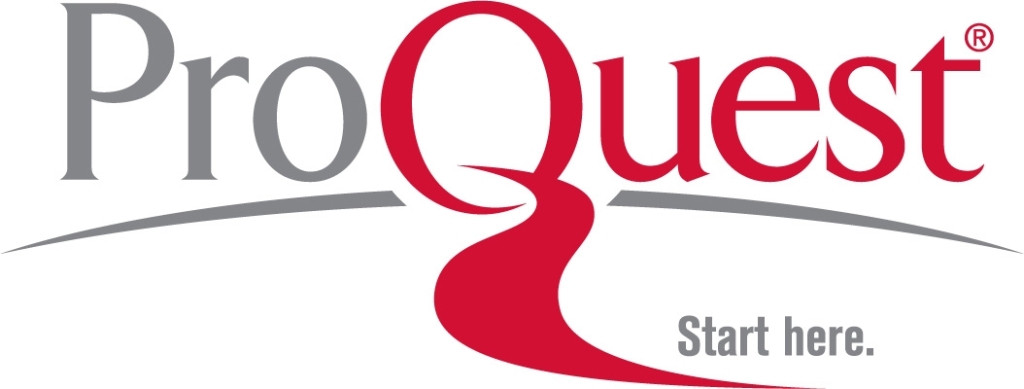ÖZ
Bu araştırma, öğretmenlerin görsel kültür imgeleri üzerinden eleştirel ve kültürel sorgulamaları sınıflarına taşıyabilmeleri için TÜBİTAK destekli bir projeyle gerçekleştirilen bir hizmet içi eğitim faaliyetinde uygulanan “Göstergeler arası Alışveriş” adlı etkinliğe ait sürecin değerlendirildiği bir durum çalışmasıdır. “Göstergeler arası Alışveriş” etkinliğinde öğretmenlerden bir sanat eseri ile bir reklam imgesi arasında bağ kurması, alıntılanan görüntünün yeni bağlamda kazandığı anlamları değerlendirmeleri ve sosyal bir içerik bağlamında yeniden üretmesi beklenmiştir. Öğretmenler seçtikleri sanat eserini ve onunla bağlantılı bir reklam imgesini öncelikle biçimsel benzerlik ve farklılıklar üzerinden çözümlemiş, daha sonra da anlamsal benzerlik ve farklılıklar üzerine okumalar gerçekleştirmişlerdir. Etkinliğin son aşamasında ise, kendi belirledikleri toplumsal bir sorun üzerinden eseri yeniden üretmişlerdir. Burada öğretmenlerden bilinçli ve amaca yönelik bir metinler arasılık çalışması yapmaları beklenmiştir. Yedi ilde toplam 508 sınıf ve görsel sanatlar öğretmeninin katılımıyla gerçekleştirilen araştırmada analiz birimi uygulanan programa ilişkin katılımcı öğretmenlerin deneyimleridir. Süreç sonunda görsel okuryazarlığa bağlı olarak görsel mesajları anlamlandırma ve benzeri biçimde mesaj oluşturmada öğretmenlerin sorgulayıcı yetilerinde belirgin bir artış görülmüştür. Öğretmenler programı, öğrencilerin ilişkisel düşünme becerilerinin artırılmasında ve toplumsal sorunlara karşı farkındalıklarını geliştirmede yardımcı olabileceği yönünde değerlendirmiştir. Ayrıca bilişsel ve etkileşimli öğretim yaklaşımlarını sınıflarında kullanma konusunda özeleştiri yapmışlar ve etkinlik sürecinden elde ettikleri deneyimler çerçevesinde kendi sanat dersi etkinliklerini iyileştirmeye dönük fikirler geliştirdiklerini ifade etmişledir. Bu bağlamda, öğretmenlerin sınıflarında görsel kültür pedagojisi ile ilgili yaklaşımları yorumlamalarına yardımcı olmak için farklı hizmet içi eğitim etkinlikleriyle yeterliklerinin daha da iyileştirilmesi gerektiğini söylemek mümkündür.
ANAHTAR KELİMELER
Görsel okuryazarlık, Görsel kültür, Görsel sanatlar eğitimi, Metinlerarasılık, Resimsel alıntı
DOI: http://dx.doi.org/10.15390/EB.2021.9841







